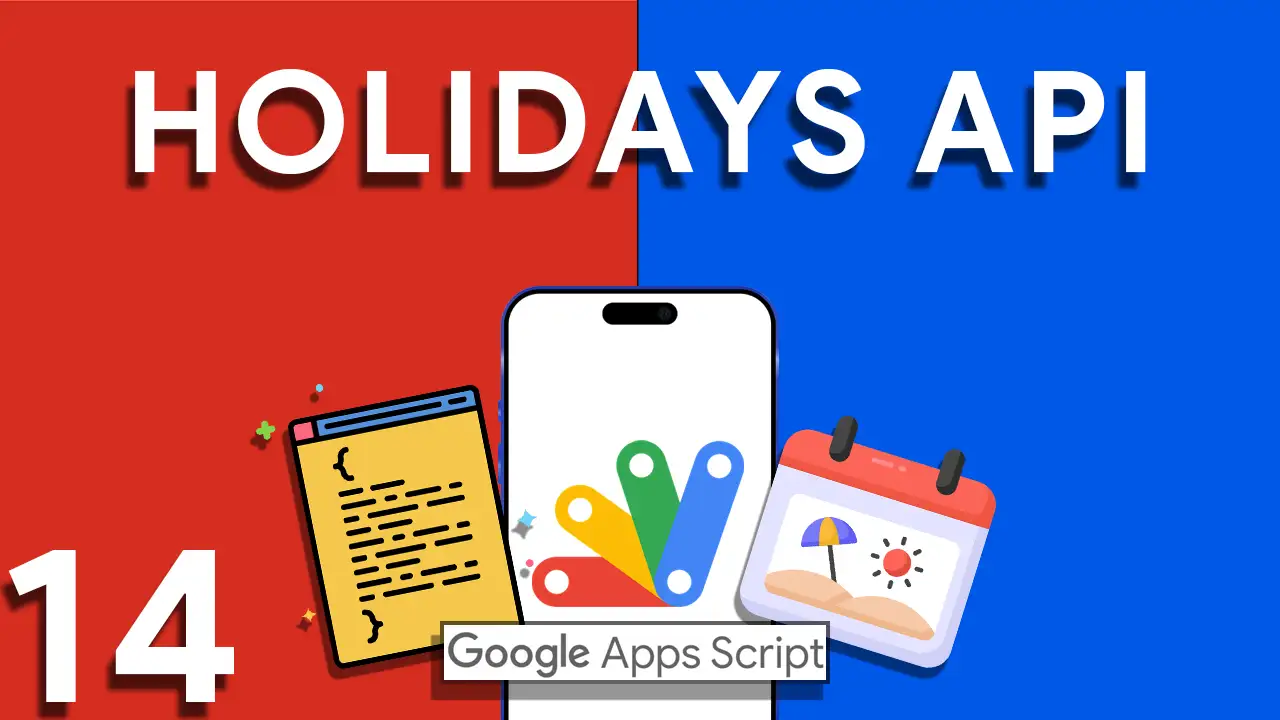In the digital age, ensuring the right level of access to your app’s data is paramount for both security and functionality. AppSheet provides a flexible platform for creating custom apps without coding, and its security filters and permissions settings are powerful tools for managing user access. This guide explores how to set up a security filter that allows Admins and Editors to view and manipulate all data, while limiting Viewers to specific rows with read-only access.
Security filters in AppSheet are expressions applied to tables to dynamically control which rows are visible or accessible to a user, based on their role or other criteria. This not only enhances data security but also tailors the user experience to the individual’s role within the organization.
Step 1: Define User Roles
First, define what constitutes an Admin, Editor, and Viewer within your AppSheet app. This can be done by setting up a ‘UserRole’ column in your user table, where each user’s role is specified.
Step 2: Implement Security Filters
Navigate to the “Security” tab in AppSheet, then to “Security Filters” for each table you wish to apply restrictions on. Use expressions to set up filters based on the user role. For example: Save
IF(
OR(
USEREMAIL() = LOOKUP(USEREMAIL(), "Users", "Email", "Role"), "Admin",
USEREMAIL() = LOOKUP(USEREMAIL(), "Users", "Email", "Role"), "Editor"
),
TRUE, // This allows Admins and Editors to see all rows[AssignedTo] = USEREMAIL())This restricts Viewers to only rows assigned to them Step 3: Configure Add and Edit Permissions
Under the “Behavior” tab, adjust the “Actions” settings to enable or disable adding and editing capabilities based on the user role. Utilize expressions similar to the security filter expressions to conditionally allow these actions for Admins and Editors only.
Practical Examples
- Project Management App: Set up a security filter so that project managers (Admins and Editors) can see and edit all project tasks, while team members (Viewers) can only see tasks assigned to them.
- Customer Database App: Allow sales managers (Admins) and salespeople (Editors) to add and edit customer information, while support staff (Viewers) can only view customer details without the ability to modify them.
Tips for Smooth Implementation
- Thoroughly Test: Ensure you test the security filters and permissions with accounts of different roles to confirm they work as intended.
- Keep User Roles Updated: Regularly review and update the user roles in your user table to reflect any changes in your team or organization.
- Use Descriptive Expressions: Make your security filter and permission expressions as descriptive and clear as possible for future reference or modifications.
Conclusion
Setting up role-based access control in AppSheet is a robust way to manage data security and user interaction within your apps. By carefully implementing security filters and permissions, you can ensure that each user has the right level of access and functionality, enhancing both the security and efficiency of your app.







